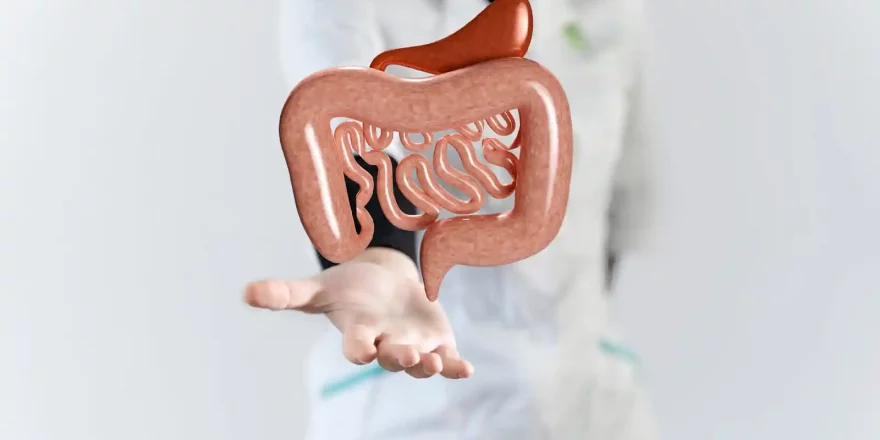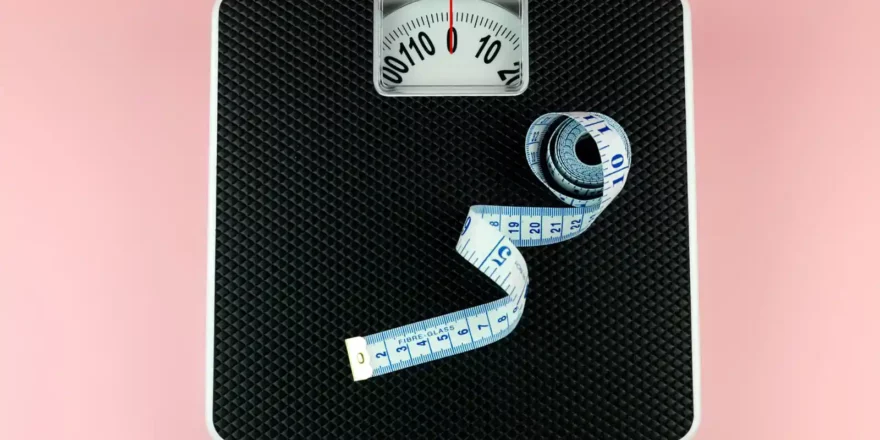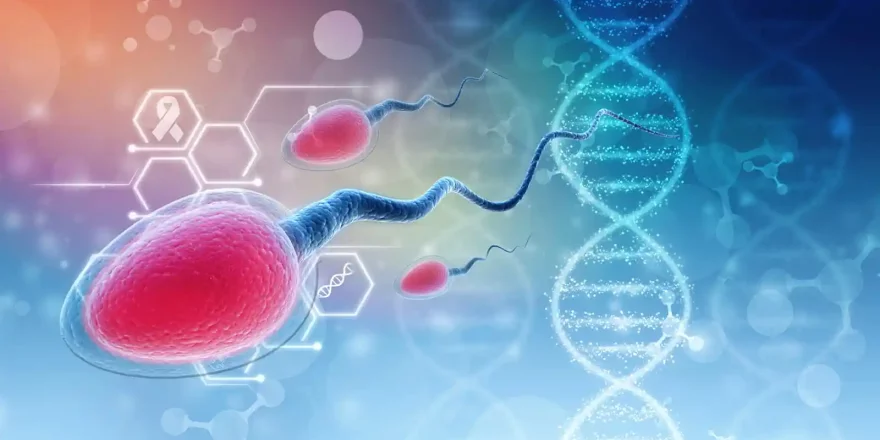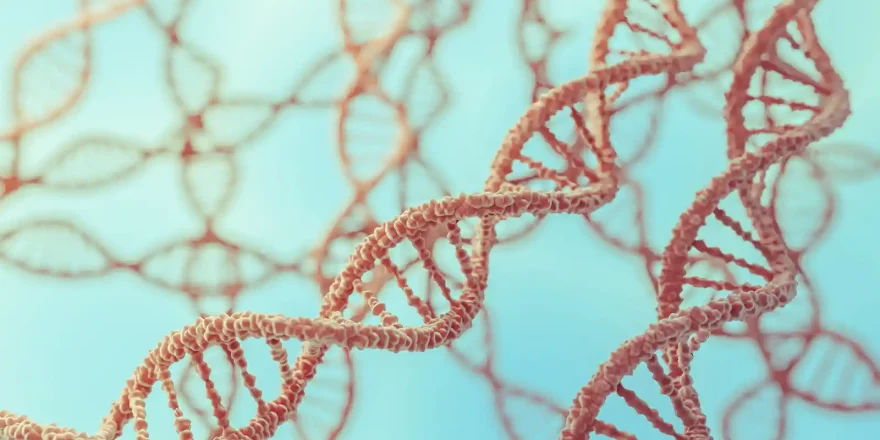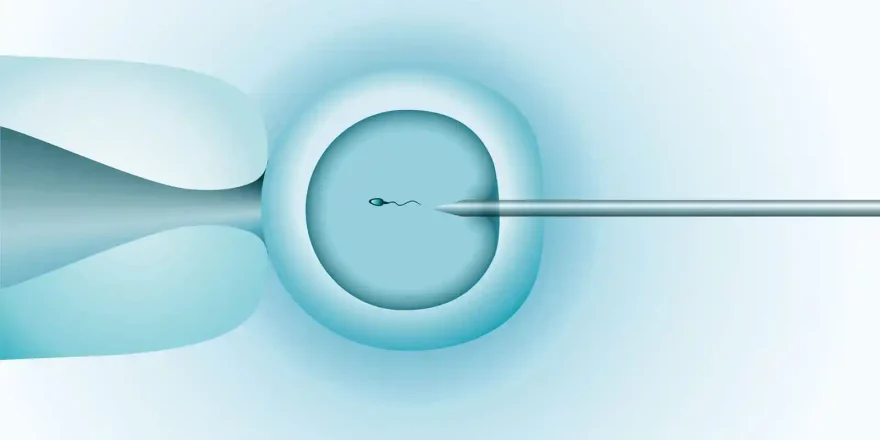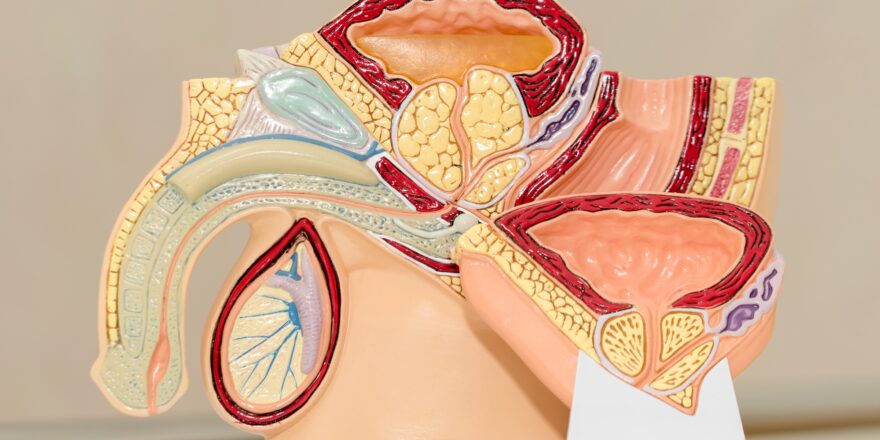The microbiome is the tens of trillions of bacteria and other organisms (viruses, retroviruses, fungi and archaea) that live on and in us, and the gut alone has 1.5–2kg of microbes. They digest food, produce essential enzymes, anti-inflammatories and vitamins (including the B’s and K) that we can’t make ourselves, plus regulate sex (and ...
Weight and Fertility
Weight is a core issue for sex hormones and fertility; a classic example of this is the menarche (a girl’s first period) has been stable to an average weight of 104.5 lbs (47.5 +/- 0.5 Kg) for the last 120 years. However, girls now reach that weight (and the menarche) at about 12½, while it was 16½ in 1900. This dramatic four-year remodelling...
Anti-Sperm Antibodies
Anti-sperm antibodies (ASAb) are a significant cause of infertility and affect between 9 and 36% of infertile couples i. They’re an immune response to sperm that tend to affect men more than women. The standard semen sample analysis can be extended to check for anti-sperm antibodies, and we recommend all men do this if possible. Men and ...
Genetic Testing of Sperm
Genetic testing of sperm is appropriate when couples are having difficulty conceiving or have recurrent miscarriages. Genes are the DNA “code” that makes us unique and human. All cells carry genes on twisted strands of chromosomes, and they determine most things relating to our health and development. Half of a baby’s chromo...
Sperm DNA Fragmentation
DNA fragmentation is when bits of DNA on chromosomes separate or pieces of them break off, which causes disorganization within cells as DNA is the coding on our genes that “programme” all bodily functions. Having a complete and well-organised genetic code on chromosomes is crucial for health, and when two sets of chromosomes join a...
Sperm Penetration Assay
The Sperm Penetration Assay (SPA) checks to see if a man’s sperm can penetrate and fertilize eggs, and the SPA test is usually only performed when low IVF fertilization rates occur without any other explanation. For sperm to fertilize an egg, they need to physically bind with the outer layer of the egg cell (the zona pellucida) and then ...
Natural Treatments
Natural treatments for male infertility revolve around improving a man’s health to raise the quality of his semen and sperm. This simple approach to improving sexual health is practical and relies on the morefertile Personal Fertility Profiles (PFPs). Matching lifestyle changes, diet and herbs to each man’s personal needs lead to c...
Changing Male Fertility
Male fertility is changing, and men are becoming less fertile and the average man produces less semen and fewer sperm per ml with each passing decade. Semen samples from men born in 1925 had about 4x the number of sperm compared to samples taken in 2005. ii When the size of semen samples is compared in the last century, there’s a clear t...
Male Organs
The Male organs of Reproduction A man’s sexual system is much simpler than a woman’s. Most of it’s outside (rather than inside) the pelvic cavity, and there are four main parts to it: Testes (testicles) held in scrotal sacs. Genital ducts. Accessory glands. The penis. Fig 1: The male reproductive system i The testes The testes ...
Sperm & Organs
Male sexual function is much simpler than a woman’s, and it revolves around the single purpose of getting large numbers of healthy sperm to reach an egg. Most male sexual organs are outside (rather than inside) the pelvic cavity and consist of four parts: Testes (testicles) held in scrotal sacs Genital ducts Accessory glands The penis Fig 1...

